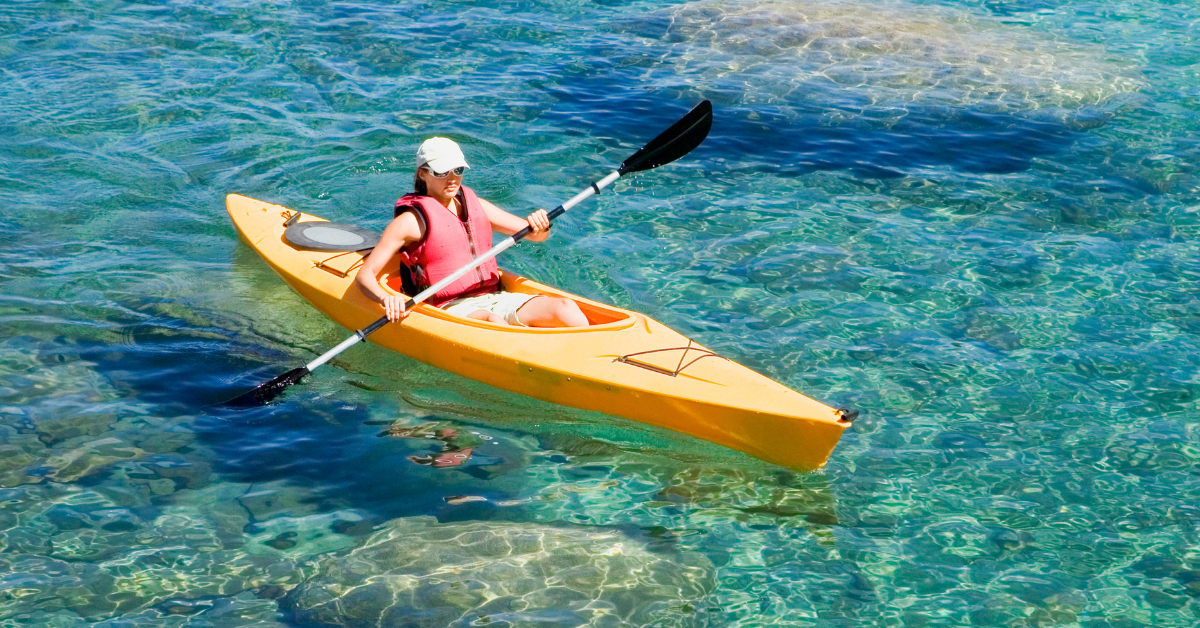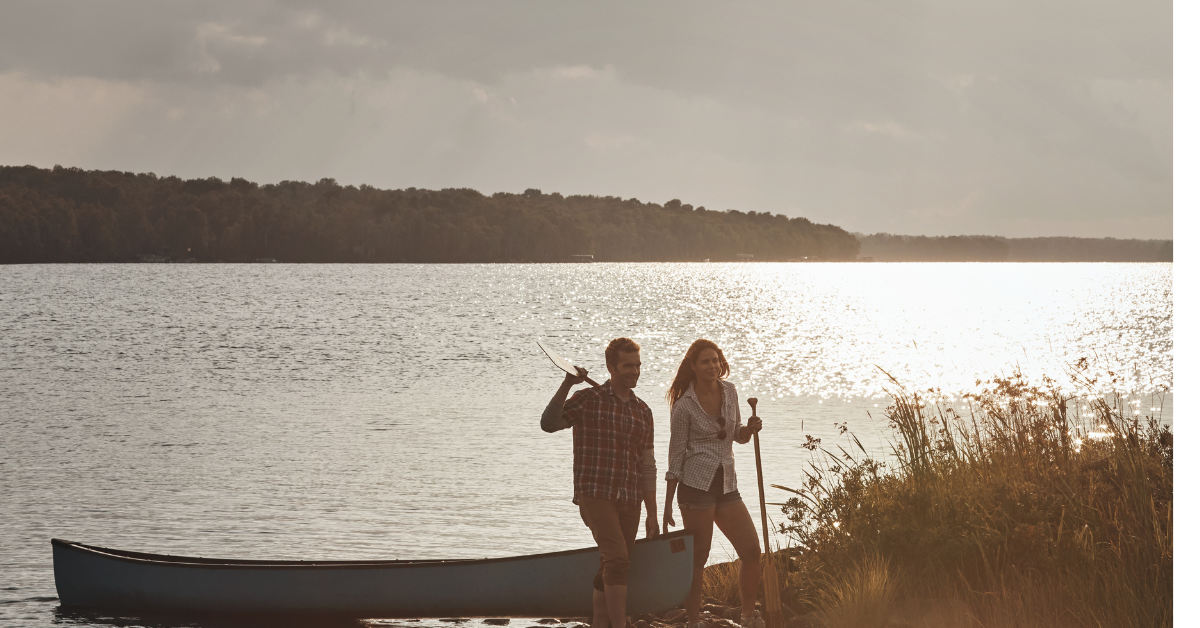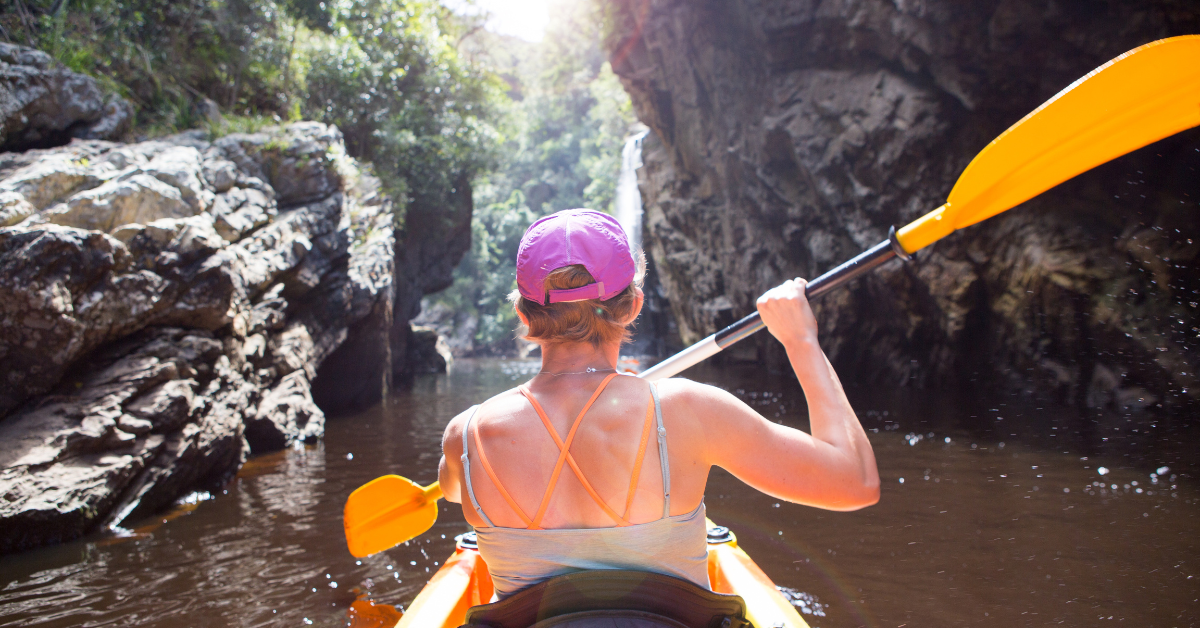From Sea to Spice: How Kayaking Routes Follow Ancient Spice Trading Paths

Discover how today’s adventure paddlers are tracing the wake of history’s most daring maritime merchants
The Forgotten Highways of History
Long before highways and flight paths crisscrossed our planet, the world’s waterways served as the primary arteries of global commerce. Among the most legendary of these aquatic thoroughfares were the spice routes—intricate networks of sea passages that connected distant civilizations through the trade of pepper, cinnamon, nutmeg, and other precious commodities that quite literally changed the course of history.
These weren’t just trade routes; they were channels of cultural exchange that shaped languages, cuisines, and entire civilizations. The merchants who navigated these waters were the pioneers of their day, braving treacherous seas and unknown territories in search of fortune and new horizons.
Today, a growing community of adventure kayakers is rediscovering these ancient maritime highways, paddle stroke by paddle stroke.
Where Modern Adventure Meets Ancient Commerce
The overlap between popular modern kayaking destinations and historic spice routes is no coincidence. Many of the qualities that made certain waterways ideal for spice traders—protected harbors, navigable coastlines, and strategic islands for rest and resupply—make them equally appealing to today’s paddlers.
Consider these fascinating intersections:
The Malacca Strait: Gateway to Spices
The narrow sea passage between Malaysia and Indonesia was once the maritime silk road’s critical chokepoint, where ships laden with nutmeg, cloves, and mace from the Maluku Islands (the original Spice Islands) would pass en route to markets across Asia and eventually Europe.
Today, sea kayakers explore the same waters, marveling at the cultural mosaic that developed from centuries of traders passing through—Chinese, Indian, Arab, and European influences blend in the architecture, cuisine, and customs of coastal communities.
Mediterranean Island Hopping
From the Venetian and Genoese trade networks to the Ottoman spice fleets, the Mediterranean was a hotbed of spice commerce. Modern kayakers following routes between Greek islands or along the Croatian coast are often paddling the same paths where galleys once transported peppercorns and saffron that were worth their weight in gold.
The sheltered waters and abundant landing sites that made these routes practical for ancient traders make them ideal for kayak expeditions today.
Kerala’s Backwaters: The Source of the Spice World
India’s southwestern coast, particularly Kerala, was the epicenter of the global pepper trade for millennia. The region’s intricate network of canals, lagoons, and rivers—once used to transport spices from inland farms to coastal ports—now offers kayakers a serene paddling experience through lush landscapes and traditional villages where spice cultivation continues to this day.
Paddling Through Living History
What makes these routes particularly special for modern kayakers is that the legacy of the spice trade isn’t confined to museums and history books—it’s visible in every aspect of life along these waterways:
- Living Cultures: Many coastal communities maintain traditions directly shaped by centuries of spice trading, from boat-building techniques to ceremonies welcoming seafarers.
- Culinary Experiences: Paddlers camping along these routes can sample cuisines that developed directly from the spice commerce, with distinct variations reflecting each region’s unique position in the ancient trade networks.
- Architectural Heritage: From Portuguese fortresses in Goa to Chinese shophouses in Malaysia, the buildings lining these waterways tell the story of different powers competing for control of the lucrative spice trade.
Planning Your Own Spice Route Expedition
For adventurous kayakers looking to paddle through history, several options exist depending on your experience level:
For Beginners:
- Day trips in Zanzibar: Paddle around this historic spice trading hub off Tanzania’s coast, with opportunities to visit spice farms between kayaking sessions.
- Kerala’s backwaters: Gentle waters and numerous villages make this an accessible yet immersive experience.
For Experienced Paddlers:
- The Straits of Malacca: More challenging conditions but rich in history at every landing.
- Indonesia’s Banda Islands: The original home of nutmeg offers remote, world-class paddling with incredible historical significance.
For Expedition Kayakers:
- Following the Venetian Trade Routes: A multi-week expedition through the Adriatic and eastern Mediterranean, tracing the maritime empire that once dominated the European spice trade.
More Than Just a Paddle Trip
What sets these journeys apart from typical kayaking adventures is the added dimension of historical immersion. As you paddle waters once plied by Arab dhows, Chinese junks, and Portuguese caravels, you’re not just a tourist—you’re a time traveler.
Modern kayakers on these routes often report a profound sense of connection to the past, particularly when camping on beaches where spice traders might have taken shelter centuries earlier or visiting markets where the same spices continue to be sold today.
Preserving Maritime Heritage Through Paddle Sports
Interestingly, the growing popularity of historical kayaking routes is helping preserve knowledge of maritime heritage that might otherwise fade away:
- Local guides sharing traditional navigation knowledge
- Renewed interest in traditional boat designs
- Community-based tourism supporting coastal villages with deep connections to the spice trade
In a world where so much travel feels commodified and disconnected from history, paddling ancient spice routes offers something increasingly rare: adventure with meaning, exercise with education, and tourism that strengthens rather than dilutes cultural heritage.
Where Will Your Paddle Take You?
The next time you plan a kayaking trip, consider looking beyond the purely scenic factors and explore waterways that shaped the course of human history. Whether you’re gliding through Kerala’s backwaters or island-hopping in Southeast Asia, paddling these ancient trade routes offers a uniquely immersive way to connect with our shared maritime past.
The spice traders of old would likely be amazed to see their commercial highways repurposed for recreation—but perhaps they’d also recognize in today’s adventure kayakers a familiar spirit of exploration and curiosity about what lies beyond the horizon.
Have you paddled any historic waterways? Share your experience in the comments below!








